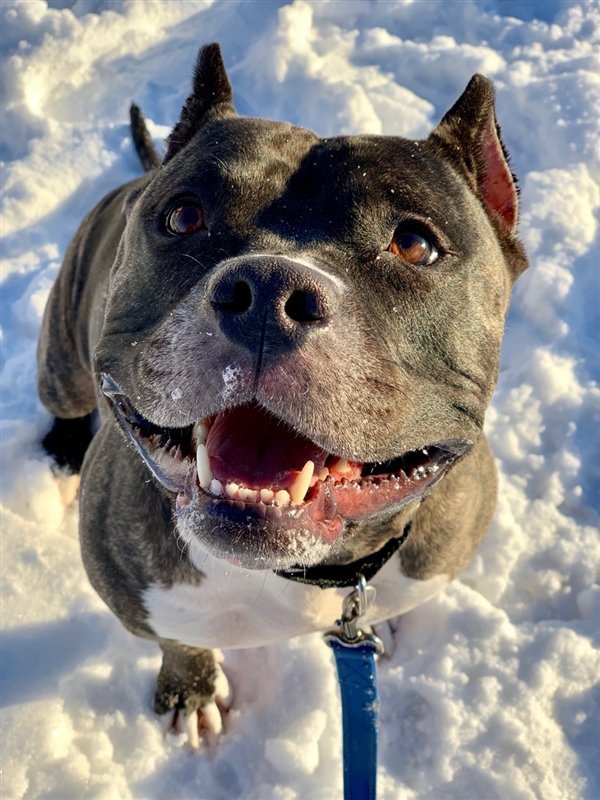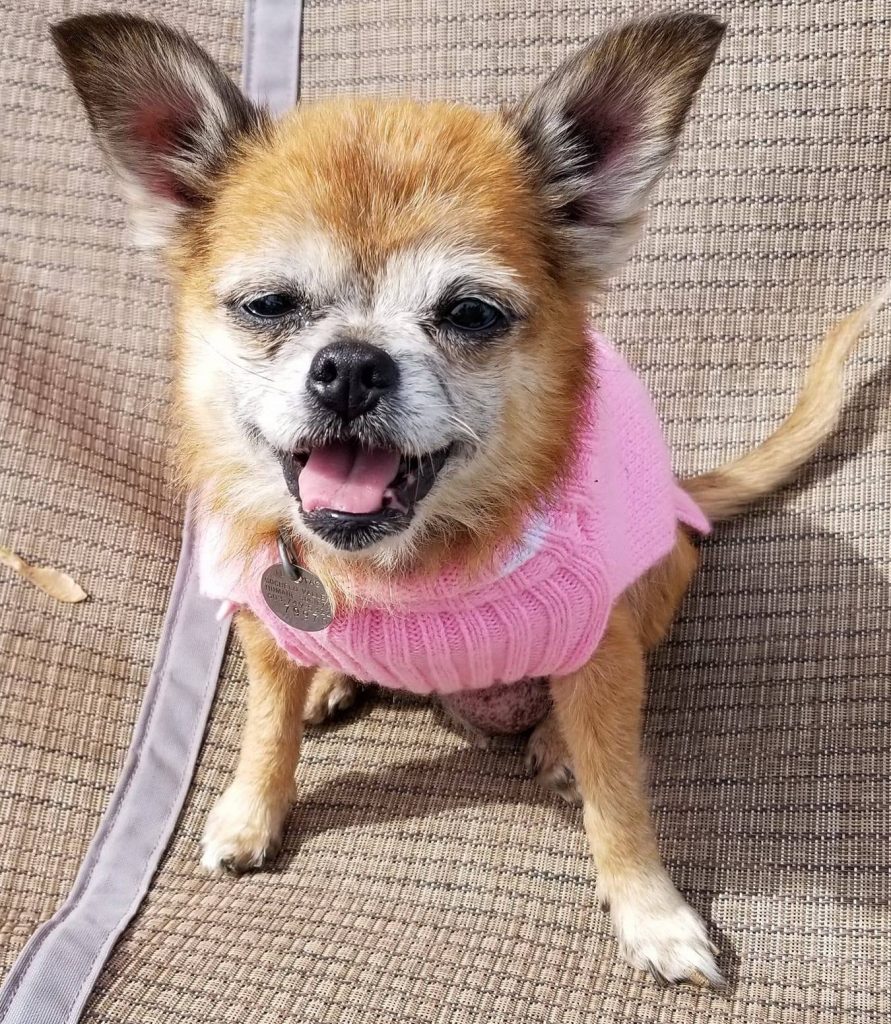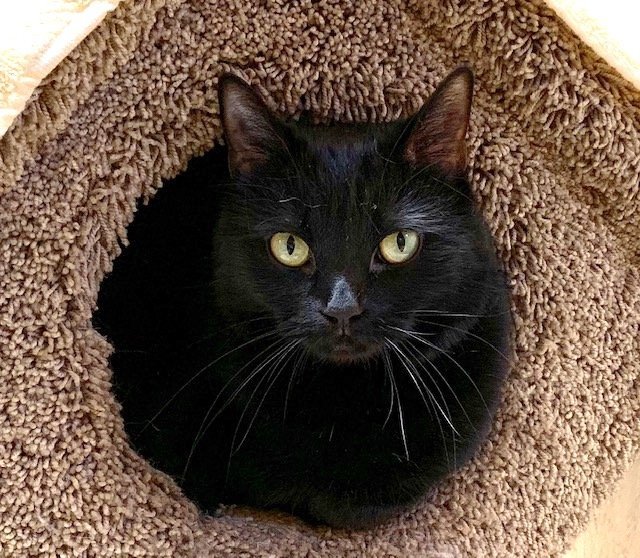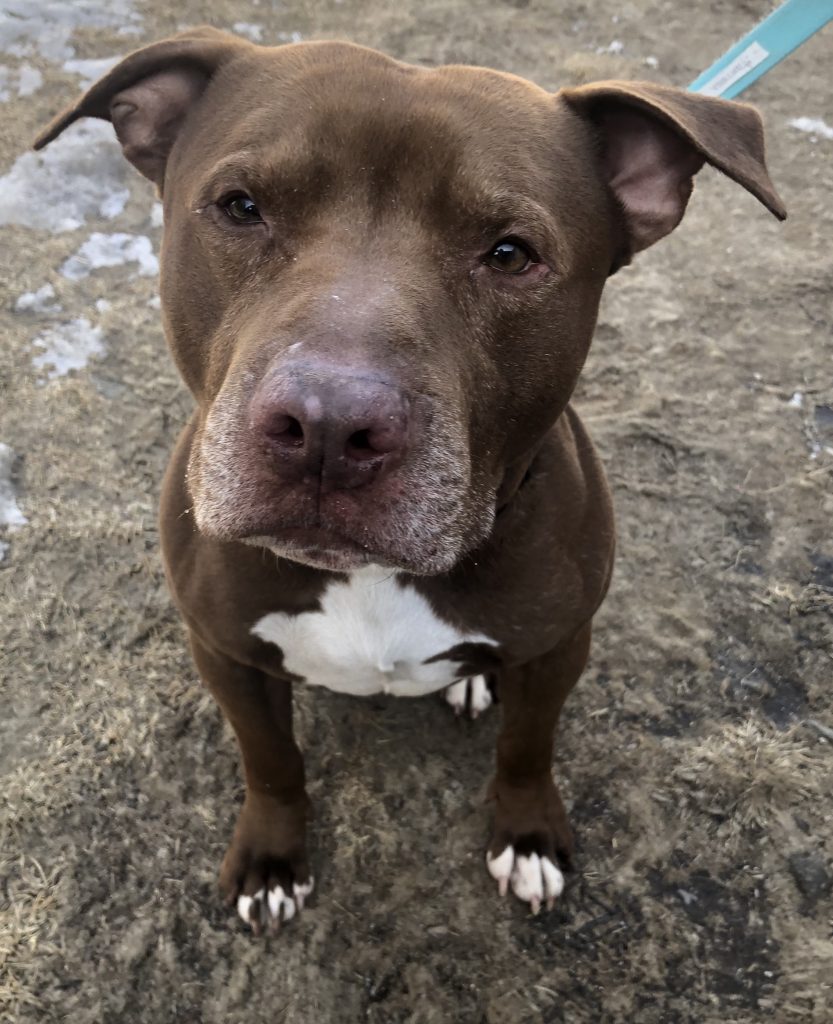
Since the no-kill movement began in the mid 1980s, the term has become more and more prevalent in the animal rescue community. The movement began as an initiative to reform shelter practices and reduce the number of animals being euthanized in shelters every year. The term “no-kill” gained popularity as a rallying cry for the animal rescue community as the culture changed from controlling animal populations to saving lives. More recently, no-kill has started to become associated with negative shelter practices, such as turning away more challenging animals or keeping animals in shelter care for excessive lengths of stay. Additionally, even though a shelter is considered no-kill, that does not mean that they do not euthanize animals when necessary.
So, what does “no-kill” mean? The answer can be different depending on who you ask. In this post, we discuss factors that go into defining a no-kill shelter, what exactly no-kill means to CVHS, and why we proudly consider ourselves a no-kill shelter.
By the numbers
The standard qualification for determining whether a shelter can be considered no-kill is their percentage of saved animals. If a shelter saves at least 90 percent of their animals every year, and only euthanizes 10 percent or less, then it can be considered a no-kill organization. The “save rate” (or “live release rate”) is found by taking the number of animals that have been saved each year (adopted, reclaimed, or transferred to another no-kill shelter) and dividing it by the total number of animals that came into a shelter’s care that same year.

Although 90 percent is the standard minimum save rate for no-kill shelters, it is just a starting point. The goal is to keep improving these statistics and get closer to saving and rehabilitating as many animals as possible.
In 2018, CVHS saved 95 percent of the animals in our care.
It’s nice to have facts and figures to work with, but the no-kill classification is more complex than a simple percentage.
Beyond the numbers
Despite the popular saying, “numbers don’t lie,” when defining no-kill shelters, sometimes the numbers do lie. Just because a shelter has a save rate of 90 percent, it doesn’t mean that the organization is truly committed to the concept behind no-kill. The heart of the no-kill movement is about saving as many animals as possible regardless of breed, temperament, age, size, appearance, or health concerns. However, what is best for each individual animal must always be considered.
Some shelters stay above the 90 percent threshold by only accepting animals they deem “easily adoptable,” and turning away more challenging cases. Other shelters may even have a 100 percent save rate, but they may also have animals that have little hope of adoption, due to either extreme medical or behavioral issues, living in the shelter for extensive periods of time.
Though save rates are a good starting point, to truly determine whether a shelter can be considered a no-kill organization, you must look beyond the numbers at their policies. Ultimately, a no-kill shelter’s policies must reflect a commitment to doing what’s best for each individual animal that comes through their doors.

At CVHS, we are dedicated to doing best by every animal in our care. Every animal is treated as an individual. We will never turn away an animal because of its breed, size, age, appearance, temperament, or medical issues. We work with owners considering surrender to determine the option that is in their animal’s best interest, even before they come into shelter care. Our definition of what makes an animal “adoptable” is wide-reaching. We only euthanize animals in our care after vigorous evaluations from multiple animal professionals, and only do so when it is the most humane option for that individual animal.
Defining adoptable
Another indicator of a shelter’s no-kill status is how they define “adoptable” and “unadoptable.” These terms mean different things to different shelters, and there is no standard definition. For example, some shelters may consider Pit Bull type dogs to be unadoptable, and reject these dogs or euthanize them. At certain shelters, factors for being unadoptable can be as trivial as an animal’s appearance. For example, animals with black coats generally have a harder time getting adopted than animals of other colors, so some organizations may deem animals with black coats as unadoptable, especially if they have a lot of similarly-colored animals in their care at the time.

The only way to know how a particular organization determines the adoptability of its animals is to ask them. Most truly no-kill shelters will be open to discussing how they evaluate adoptability. One of the philosophies behind the no-kill movement is that all animals should be considered adoptable unless they are unhealthy and untreatable.
We evaluate each animal on a case-by-case basis to determine adoptability at CVHS. Though each animal is considered as an individual, our general rule of thumb is that every animal is adoptable unless they are irremediably suffering from health issues or pose an extreme threat to themselves or the community and are untreatable.
We will never euthanize an animal unless it has been thoroughly evaluated and deemed unadoptable by medical professionals, animal behavioral professionals, and/or animal trainers. These professionals come from both within the shelter staff and outside organizations. Ultimately, we will never euthanize an animal at CVHS unless it is the most humane option. Additionally, there are no time limits for our animals. Once they are considered adoptable, each animal has as much time as it needs to find the right forever home.

Defining no-kill can be confusing. An organization’s save rate is a good starting point, but you must look beyond the numbers to determine whether saving lives is at the core of a shelter’s policies. Some shelters may not yet be achieving a 90 percent save rate, but are steadily working towards doing so for the sake of animal welfare. Such organizations can and should be considered part of the no-kill movement. On the other hand, there are some shelters that may have a save rate well over 90 percent, but are extremely selective in their intake of animals, and therefore may not be truly considered no-kill. There are lots of communities too overrun with stray populations to be considered no-kill, but many of these are working towards establishing successful spay/neuter programs to address the issue at the source. Bottom line: an organization must be committed to saving lives and consistently consider the best interest of each individual animal in their care to be considered no-kill.
